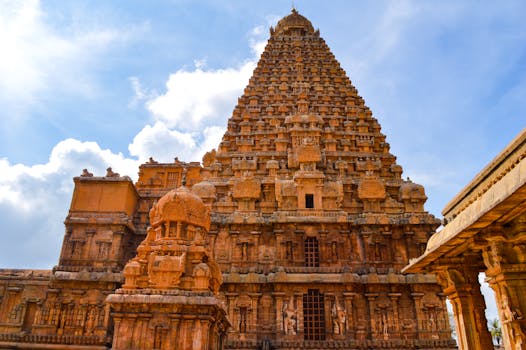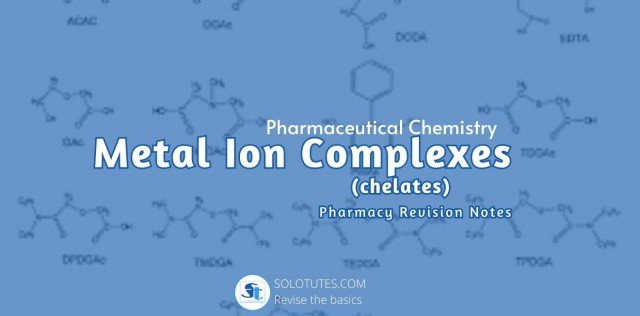Check your Progress and get points for your performance
Login & Start the Test
OR
Start the Test Without Login
OR
Scroll Down to See Questions
Click on Any Option to check right Answer and Explanation.
1 of 25
Q.1 The anther wall consists of four wall layers where
- tapetum lies just inner to endothecium
- middle layers lie between endothecium and tapetum
- endothecium lies inner to middle layers
- tapetum lies next to epidermis
2 of 25
Q.2 Anther is generally
- monosporangiate
- bisporangiate
- tetrasporangiate
- trisporangiate.
3 of 25
Q.3 The stamens represent
- microsporangia
- male gametophyte
- male gametes
- microsporophylls.
4 of 25
Q.4 Nonessential floral organs in a flower are
- sepals and petals
- anther and ovary
- stigma and filament
- petals only.
5 of 25
Q.5 Science of cultivation, breeding, marketing and arrangement of flowers is called
- arboriculture
- floriculture
- horticulture
- anthology
6 of 25
Q.6 From among the sets of terms given below, identify those that are associated with the gynoecium
- Stigma, ovule, embryo sac, placenta
- Thalamus, pistil, style, ovule
- Ovule, ovary, embryo sac, tapetum
- Ovule, stamen, ovary, embryo sac
7 of 25
Q.7 During microsporogenesis, meiosis occurs in
- endothecium
- microspore mother cells
- microspore tetrads
- pollen grains
8 of 25
Q.8 The outermost and innermost wall layers of microsporangium in an anther are respectively
- endothecium and tapetum
- epidermis and endodermis
- epidermis and middle layer
- epidermis and tapetum.
9 of 25
Q.9 Embryo sac is to ovule as _______ is to an anther.
- Stamen
- filament
- pollen grain
- androecium
10 of 25
Q.10 An embryo may sometimes develop from any cell of embryo sac other than egg. It is termed as
- apospory
- apogamy
- parthenogenesis
- parthenocarpy
11 of 25
Q.11 Polyembryony commonly occurs in
- banana
- tomato
- Potato
- Citrus
12 of 25
Q.12 Indentify the wrong statement regarding post-fertilisation development
- The ovary wall develops into pericarp.
- The outer integument of ovule develops into tegmen
- The fusion nucleus (triple nucleus) develops into endosperm.
- The ovule develops into seed.
13 of 25
Q.13 Persistent nucellus is called as _______ and is found in _______.
- perisperm, black pepper
- perisperm, groundnut
- endosperm, black pepper
- endosperm groundnut
14 of 25
Q.14 In albuminous seeds, food is stored in _______ and in non albuminous seeds, it is stored in _______
- endosperm, cotyledons
- cotyledons, endosperm
- nucellus, cotyledons
- endosperm, radicle
15 of 25
Q.15 Endospermic seeds are found in
- castor
- barley
- Coconut
- All of these
16 of 25
Q.16 Spiny or sticky pollen grains and large, attractively coloured flowers are associated with
- hydrophily
- entomophily
- ornithophily
- anemophily
17 of 25
Q.17 Which of the following is not a water pollinated plant ?
- Zostera
- Vallisneria
- Hydrilla
- Cannabis
18 of 25
Q.18 Plants with ovaries having only one or a few ovules are generally pollinated by
- bees
- Butterflies
- birds
- Wind
19 of 25
Q.19 Feathery stigma occurs in
- pea
- wheat
- Datura
- Caesalpinia
20 of 25
Q.20 Male and female flowers are present on different plants (dioecious) to ensure xenogamy, in
- papaya
- bottle gourd
- maize
- all of these.
21 of 25
Q.21 Even in absence of pollinating agents seed-setting is assured in
- Commelina
- Zostera
- Salvia
- Fig
22 of 25
Q.22 Both chasmogamous and cleistogamous flowers are present in
- Helianthus
- Commelina
- Rosa
- Gossypium
23 of 25
Q.23 Polygonum type of embryo sac is
- 8 – nucleate, 7 – celled
- 8 – nucleate, 8 – celled
- 7 – nucleate, 7 – celled
- 4 – nucleate, 3 – celled
24 of 25
Q.24 The female gametophyte of a typical dicot at the time of fertilisation is
- 8 – celled
- 7 – celled
- 6 – celled
- 5 – celled
25 of 25
Q.25 What is the function of filiform apparatus in an angiospermic embryo sac?
- Brings about opening of the pollen tube
- Guides the pollen tube into a synergid
- Prevents entry of more than one pollen tube into a synergid
- None of these
.png)




















.jpg)






